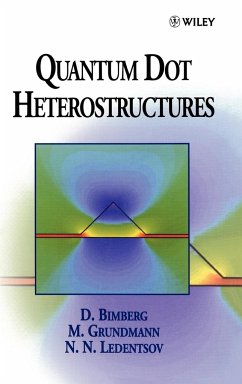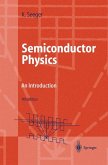This book presents a comprehensive overview of the most recent advances in the field, including the way such structures are grown, how experiments on the structures have clarified long-standing theoretical predictions, how the structures are characterized, and the performance of devices developed from the structures.
Da die Nachfrage nach immer schnelleren und kleineren Halbleiterbauelementen stetig wächst, sind Quanten-Dots und -Pyramiden rasant in den Mittelpunkt der Halbleiterforschung gerückt. Dieses Buch vermittelt einen umfassenden Überblick über den aktuellen Forschungsstand auf diesem Gebiet. Behandelt werden u.a. Fragen, wie Strukturen aufgebaut, wie sie charakterisiert werden und wie sie die Leistungsfähigkeit der Bauelemente bestimmen. (11/98)
Da die Nachfrage nach immer schnelleren und kleineren Halbleiterbauelementen stetig wächst, sind Quanten-Dots und -Pyramiden rasant in den Mittelpunkt der Halbleiterforschung gerückt. Dieses Buch vermittelt einen umfassenden Überblick über den aktuellen Forschungsstand auf diesem Gebiet. Behandelt werden u.a. Fragen, wie Strukturen aufgebaut, wie sie charakterisiert werden und wie sie die Leistungsfähigkeit der Bauelemente bestimmen. (11/98)








